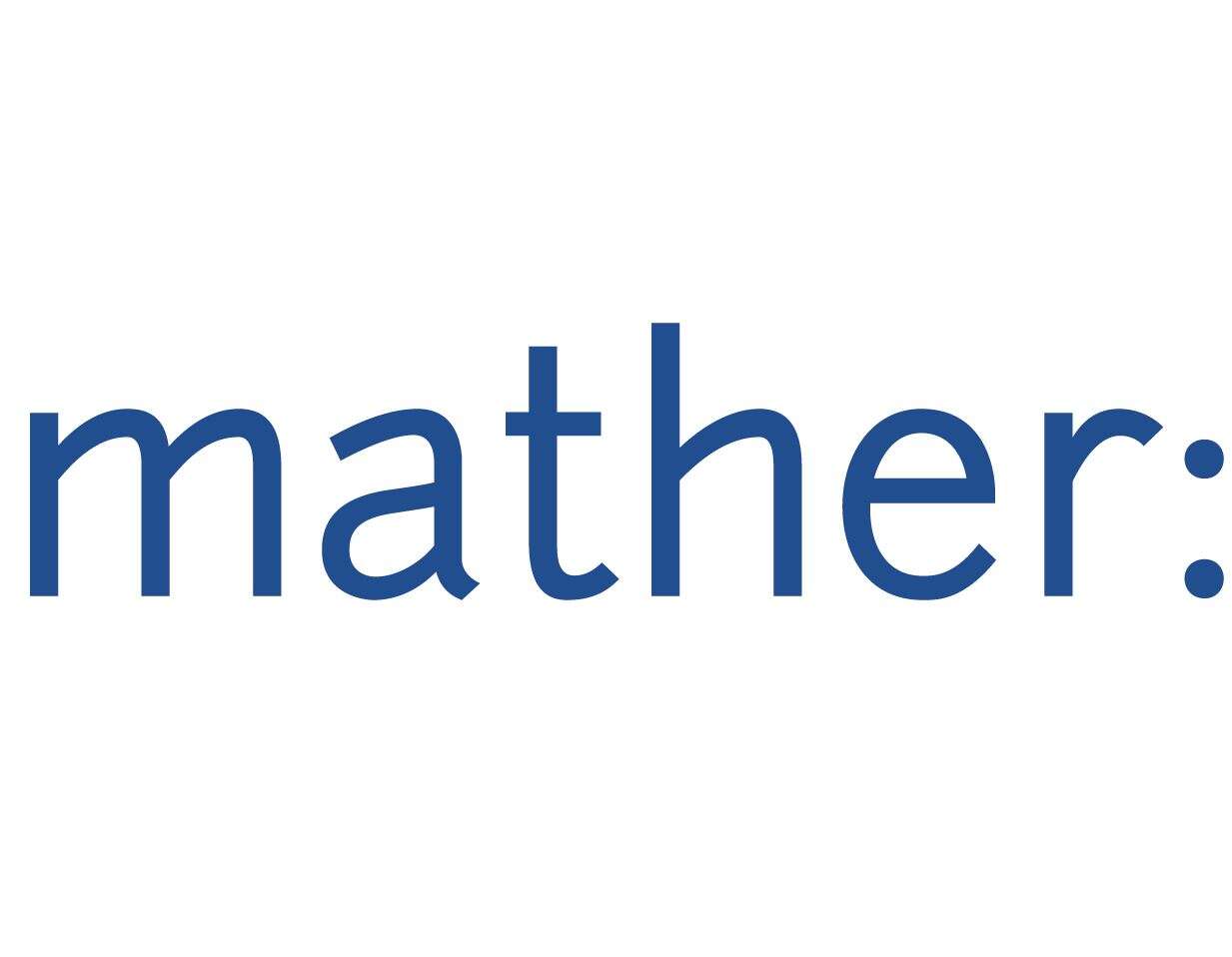
Publishers can boost conversion rates and reduce subscriber churn by using analytics to drive revenue growth and optimising pricing offers for readers, according to subscription specialists who’ve helped the likes of the Boston Globe.
In a white paper, Mather Economics shared insights on reader “offer optimisation” that have helped publishers looking to drive revenue and growth through paid subscriptions.
When it comes to pricing offers, publishers control three key levers: the introductory price (which is typically discounted), the introductory term (how long the discount lasts) and the full price at renewal. Mather recommended publishers avoid offering free trials to entice sign-ups, but rather adopt a “robust registration wall strategy” with a focus on reader lifetime value.
Mather’s lifetime value metric covers the entire customer funnel, from attracting readers through SEO and social media, to engaging them through newsletters and personalisation, and finally converting them to subscribers. It said this should be the guiding “North Star” for publishers.
Encouraging elusive readers to subscribe
Not all readers are easy to entice into clicking the subscribe button. These so-called “low-propensity” readers make up the most elusive customer segment for publishers.
Mather has identified three sub-groups among low-propensity readers: social media referrals; readers who hit the paywall more than seven times without converting; and low/moderate repeat users, known as “stable users”, who make up just 7% of total conversions.
Working with one publisher who wanted to boost subscriber conversion rates but whose pricing offer was “stale and required a revamp”, Mather tested an introductory offer of 99 cents for six months of unlimited digital access on the title’s low-propensity readers, followed by a $4.99 monthly renewal price for half the group and $8.99 a month for the other half.
Mather found conversion rates were identical between the test groups, which it said showed “consumers react to the introductory offer at purchase, not the listed renewal price” and that putting forward a compelling offer can persuade even stubborn non-converters to pay up.
Churn for the $4.99 group was just under 5%, compared to nearly 17% for the $8.99 group.
But Mather warned that “publishers should be cautious about deploying discounts until they have exhausted other tactics such as tighter paywalls, registration walls, and the introduction of premium content”.
Price communication is key
In its white paper, Mather said how publishers communicate price changes to readers is key to reducing churn. In a test for the Boston Globe, Mather found readers responded positively to subscription renewal notices with lower prices, e.g. showing the smaller daily or weekly cost instead of the larger monthly figure.
The Globe wanted to increase its weekly subscription fee from $3.99 to $6.93 (or 99 cents a day), after deciding its “future is with subscribers willing to pay a premium price for a premium experience”. Only readers who had been paying subscribers for more than a year saw the rise, with a conversion ten-times higher than the standard offer. Just 3% of targeted readers cancelled. The Globe now has some 237,000 subscribers.
Revenue and volume
At another publisher, Mather tested multiple pricing scenarios and found that its recommended “revenue-maximising approach”, with a higher full subscription price, generated 1.4 times the revenue with only a 6% lower subscription volume compared to a “volume at a costs” scenario. Although churn was 1.3 times higher with the max revenue scenario, it was offset by lifetime value.
Part of the optimised offer included a lengthy discounted introductory period.
“The publisher felt confident lowering the introductory price and extending the introductory term, and it was able to align key stakeholders with a focus on long-term value. The publisher is now implementing and testing new pricing to achieve long-term revenue targets,” said Mather.
Read the white paper Driving Revenue and Growth through Applied Analytics for more information.
Email pged@pressgazette.co.uk to point out mistakes, provide story tips or send in a letter for publication on our "Letters Page" blog

